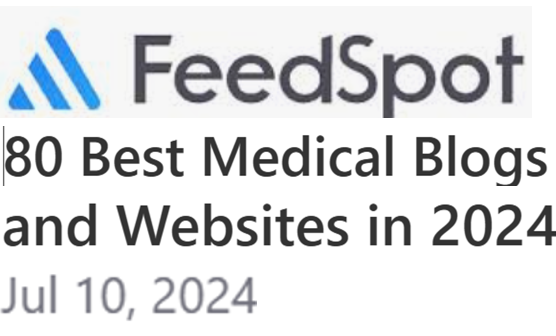An example of a health disparity is that in the U.S., patients receive needed care less than 60% of the time. For example, in 2005, African-American women were 10% less likely to have been diagnosed with breast cancer, however, they were 34% more likely to die from breast cancer compared to non-Hispanic white women, according to The Office of Minority Health in the US Dept. of Health and Human Services.
The Institute of Medicine (IOM) finds that, “a fundamental step in identifying which populations are most at risk is to collect data on race, ethnicity, and English-language proficiency.” However, there aren’t widely adopted and accepted standards of data sets to enable sound policy decisions.
The IOM’s Report Brief, Race, Ethnicity, and Language Data: Standardization fro Health Care Quality Improvement, August 2009, provides recommended variables for standardized collection of these 3 areas.
For example, more granular ethnicity data could help to identify pockets of need that aren’t as clear in more global categories such as, “Hispanic or Latino.” The IOM proposes more locally relevant choices from a national standard list of about 540 categories with CDC/HL7 codes. In the area of languages spoken, proficiency should be measure, IOM says, by “very well,” “well,” “not well, or “not at all.” Again, more locally relevant choices from a list of about 600 categories of languages could help dive deep into specific needs in local communities.
Health Populi’s Hot Points: When you hear that the U.S. has the best health system in the world, keep in mind the nation continues to be marked with deep health disparities between the have’s and the have not’s of the country. “We’re #1” in health disparities isn’t anything to be proud of, no matter which point on the political spectrum you may sit on.
I support the IOM’s recommendations for promulgating standards for collecting data on race, ethnicity and language. How else can we correctly measure and quantify disparities and then develop targeted, effective strategies to address the gaps in care and outcomes in the U.S. health system?
But it will take other tactics, in parallel, to close the gap in health outcomes in America. Access, first and foremost, gets people into the health system. A medical home “in every pot” brings people into the system, faster, for prevention and early diagnosis. Bringing diverse professionals into the supply side of the clinical fold will also help to break down barriers when that access might be guaranteed financially, but where cultural barriers persist. And, finally, targeted health education and behavior modification, when culturally sensitive and engaging, will connect the dots and close the chasm between American health have’s and have not’s.





 Interviewed live on BNN Bloomberg (Canada) on the market for GLP-1 drugs for weight loss and their impact on both the health care system and consumer goods and services -- notably, food, nutrition, retail health, gyms, and other sectors.
Interviewed live on BNN Bloomberg (Canada) on the market for GLP-1 drugs for weight loss and their impact on both the health care system and consumer goods and services -- notably, food, nutrition, retail health, gyms, and other sectors. Thank you, Feedspot, for
Thank you, Feedspot, for  As you may know, I have been splitting work- and living-time between the U.S. and the E.U., most recently living in and working from Brussels. In the month of September 2024, I'll be splitting time between London and other parts of the U.K., and Italy where I'll be working with clients on consumer health, self-care and home care focused on food-as-medicine, digital health, business and scenario planning for the future...
As you may know, I have been splitting work- and living-time between the U.S. and the E.U., most recently living in and working from Brussels. In the month of September 2024, I'll be splitting time between London and other parts of the U.K., and Italy where I'll be working with clients on consumer health, self-care and home care focused on food-as-medicine, digital health, business and scenario planning for the future...